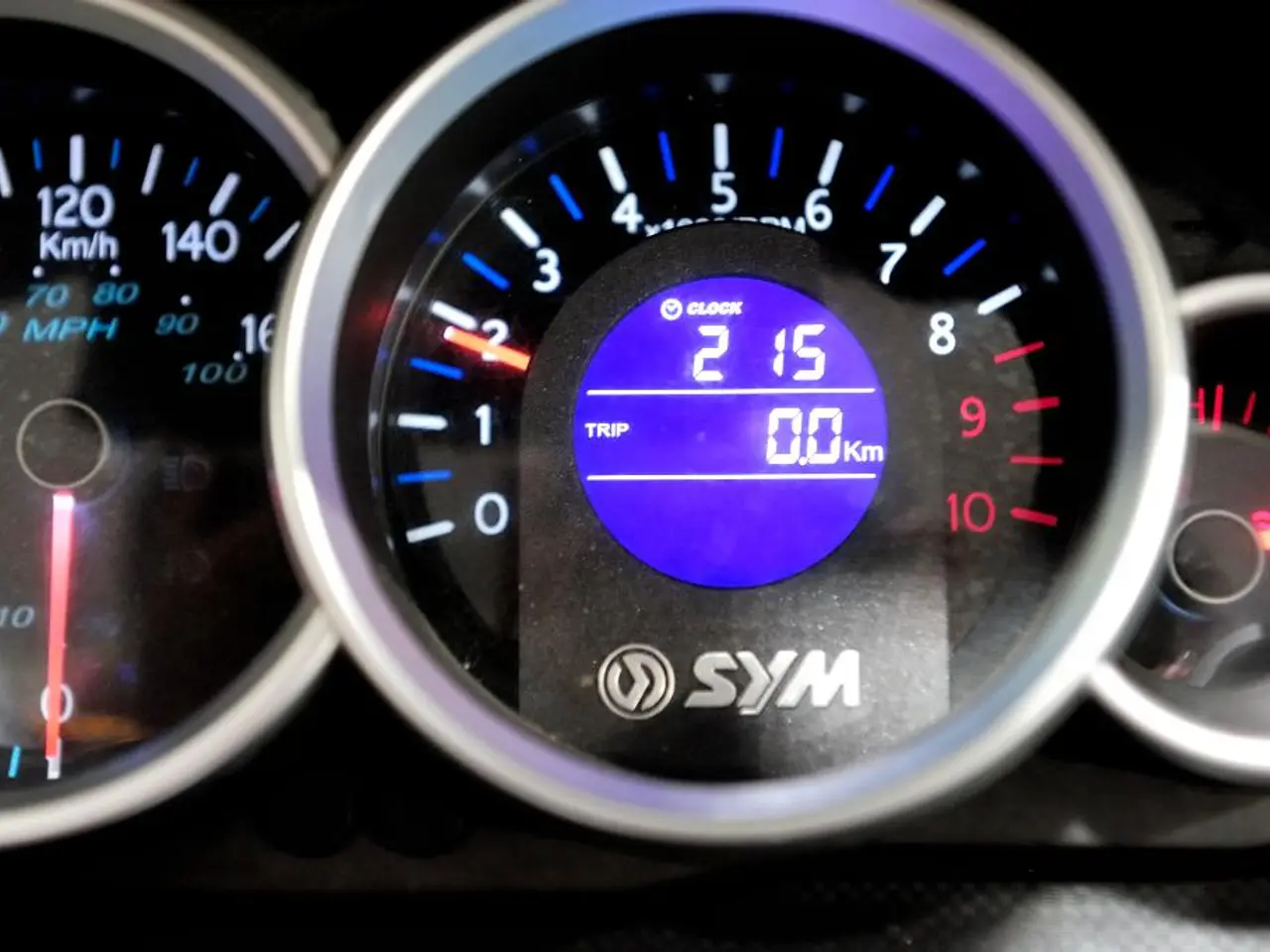Assessing Impedance, Dielectric Constant, Velocity Factor, and Lengths of Printed Circuit Boards, Cables, and Interconnects
Picotest's PerfectPulse® system offers a compact, portable, and cost-effective solution for characterising transmission lines and cables. This pocket-sized pulse generator is equipped with high-resolution Time Domain Reflectometry (TDR) and Time Domain Transmission (TDT) techniques, providing precise measurements for impedance discontinuities, dielectric constant (Dk), velocity factor (V), and cable length [1][2].
Impedance Measurement
The TDR pulse generated by the PerfectPulse® system travels along the PCB trace, cable, or interconnect. Any impedance mismatch causes reflections, and the magnitude and timing of these reflections reveal the characteristic impedance of the device under test (DUT), including PCB test coupons, cables, or connectors [1].
Dielectric Constant (Dk) and Velocity Factor (V)
By measuring the propagation delay of the signal down a known length of transmission line or cable, the system calculates the velocity factor (V), which is the relative speed of the signal in the medium. From this velocity factor, it derives the dielectric constant (Dk) since velocity factor [1].
Cable Length
The time it takes for a pulse to reflect from the cable end corresponds directly to cable length, as length equals velocity × time delay. The system’s picosecond resolution enables highly accurate length measurements [1].
Measurement Setup
The TDR measurement setup requires a TDR splitter connected to an oscilloscope and a measurement sample using a high-quality cable or high-bandwidth 1-port probe. It is essential to measure the flattest portion of the impedance signal when making measurements, typically between 50% and 75% of the trace/cable length [1].
Using the J2151A Pulse Generator
The Picotest J2151A can be used to measure PCB test coupon impedance, cable impedance, and bad crimps, trace length, dielectric constant (Dk), and velocity factor (V) [2]. To measure trace or cable length, it is assumed that the cable velocity factor is known prior to the measurement. If not, a small known piece of the cable can be cut to measure the velocity factor [2].
Precision and Quality
To ensure accurate measurements, use high-quality cables and probes, and if RF adapters are required, use calibration quality adapters. For more design information, consult Picotest's Design Service team. For additional information and products, visit https://www.picotest.com/measurements/MeasuringPCB.html [2].
Controlled impedance PCBs often include a measurement "coupon" constructed as part of the printed circuit board panel, with sample traces that are 6 inches long [2]. Signals travel in air at the speed of light, approximately 3 x 10^8 m/sec, but the signal velocity is slowed when traveling over a dielectric material [3]. Reducing the bandwidth degrades resolution but provides a lower noise result. A standard IPC coupon can generally be measured using a 1GHz-2GHz oscilloscope [3].
For those seeking more detailed information on high-speed PCB design, Picotest offers the High-Speed PCB Design Guide, containing explanations of signal integrity issues, understanding transmission lines and controlled impedance, the selection process of high-speed PCB materials, high-speed layout guidelines, and more [4]. The TDR source generated by the PerfectPulse® system produces a fast-edge signal, which is split into two equal magnitude signals. One signal is used by the oscilloscope to monitor the reflection signal, and the other signal is delivered to the transmission line [1]. The velocity factor (V) of the signal transmission is the amount the signal is slowed down and is related to the permittivity of the transmission line [3].
In a single-ended TDR measurement, the high-speed edge travels from the beginning of the transmission line to the end and reflects to the instrument where it is measured [4]. To measure impedance using the J2151A and an oscilloscope, the oscilloscope voltage can be converted into impedance using the equation: R = (V^2 / R_out - V) where R is the impedance of the device under test (DUT), R_out is the generator output impedance (50 ohms), and V is the voltage received in the oscilloscope (-500 mV) [4]. The reflected voltage is used to calculate the impedance while the round-trip signal time is used to calculate either the dielectric constant of the transmission line or the length of the transmission line [4].
[1] Picotest. (n.d.). PerfectPulse® TDR/TDT System. Retrieved from https://www.picotest.com/products/PerfectPulse.html
[2] Picotest. (n.d.). Measuring PCB Test Coupons, Cables, and Interconnects. Retrieved from https://www.picotest.com/measurements/MeasuringPCB.html
[3] Picotest. (n.d.). Measuring Dielectric Constant and Velocity Factor of PCBs and Cables. Retrieved from https://www.picotest.com/measurements/MeasuringDielectric.html
[4] Picotest. (n.d.). Measuring Impedance Using a Picotest Pulse Generator and Oscilloscope. Retrieved from https://www.picotest.com/measurements/MeasuringImpedance.html
- To calculate the controlled impedance of a device under test (DUT), an impedance calculator can be used in conjunction with data from a precision TDR/TDT system like Picotest's PerfectPulse® system, which measures impedance discontinuities, dielectric constant (Dk), velocity factor (V), and cable length.
- In the realm of science and technology, data-and-cloud-computing can be employed to store and analyze measurements from impedance calculators and other test equipment, facilitating the efficient comparison of results and the problem-solving process when designing controlled impedance PCBs.




